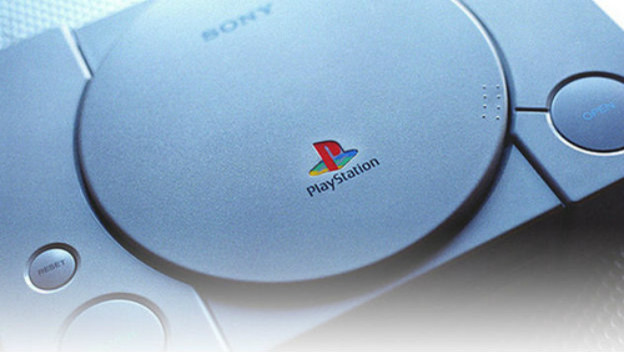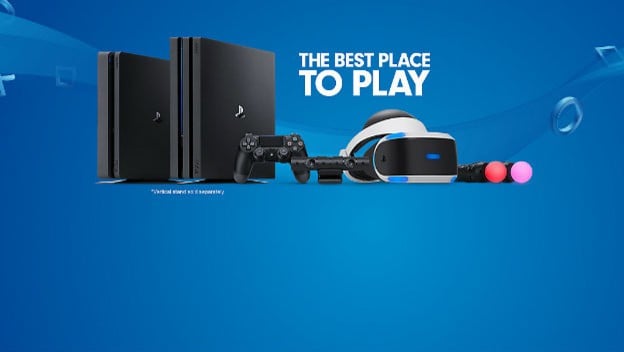For a while, earlier in this console generation, we had this concept called the “PlayStation Ecosystem.” The Vita, the PlayStation 3, and the PlayStation 4 were, in various ways, existing together and supporting each other. The PlayStation 4 was a little more distant for obvious reasons, but it felt like the newest part of a family. This family included backwards compatibility, shared downloads and file transfers, PlayStation Plus and more. Now, with age and the failure of the Vita, that ecosystem doesn’t really exist, and the PlayStation 4 stands alone. But with Sony publishing patent after patent for backwards compatibility technology, could we be seeing the resurrection of that ecosystem?
The PlayStation 4 is now Sony’s only video game platform. Sort of. There are a couple services to think about as well, but those services are going to orbit around the core point some. But the important thing to note is how the past is more or less dead. The PlayStation 3 and PS Vita are no longer being manufactured, although the PlayStation Store still supports software purchases and downloads for the time being.
The PlayStation 4 doesn’t have a backwards compatibility structure either. There are a few PS2 games that have been released in PS4 form, but the collection is tiny and hasn’t been supported further since the initial few drops. You can’t put old discs in the system, and there’s still no PSOne Classics support. PlayStation 3 and Vita have also been removed from the free PlayStation Plus title offering every month. All that’s left is playing what you can on the platforms as they exist, and streaming certain PlayStation 3 titles via the PlayStation Now service.
But several patents have been dropping from Sony, many of them focused on backwards compatibility technology. These patents differ on the specifics, but the generally thought processes (led by the famous Mark Cerny), appear to be a CPU-based technology that allows the CPU to behave different based on the software, therefore imitating CPU processes of older systems. Theoretically, whatever Sony settles on (presuming any of this sees the light of day) is a platform that can easily play any game from any PlayStation platform. Perhaps this is a PlayStation 5 move, but if it’s pulled off, that would be huge.
This is especially because of how Sony has been expanding its Remote Play technology. If you have access to a solid connection, you can access your PlayStation 4 from anywhere if your settings are right. This includes using your PC or mobile device (for now, if you’re an iOS or Sony Xperia user). Game streaming as a thing you can actually do and enjoy is still a burgeoning space, but with Sony expanding it and Google throwing down the gauntlet with Stadia, you can probably expect Sony’s next platform to improve on that technology.

If these patents do make it so the next Sony console can play any PlayStation title in theory, that opens a lot of possibilities. Perhaps Sony can just start dumping its back catalogue (and working with third parties) on the PlayStation Store, or making old releases available again. Maybe the PSOne Classics line gets revived and expanded to include all platforms. Or, perhaps, a new brand is launched that has a more unified feel, bringing back that feel of a PlayStation Ecosystem. And with Remote Play being more widely available and, potentially, higher quality in the next gen, having your PlayStation experience on the go could be a huge selling point.
If Sony nails it, we could see the ultimate counterpoint to what the Xbox and Nintendo brands have been doing with legacy content. Sony has a lot of catching up to do in this arena, but it seems like the seeds are being planted.
